KNOW THE TRUTH. SHARE THE TRUTH. ACT ON THE TRUTH.
When facing any challenge, uncovering, and understanding the actual truth is critical. Without knowing the truth, we cannot solve the problem or respond effectively. Knowing the truth often means knowing how a disease is distributed in a population. We use epidemiology to examine and understand the patterns of disease, injury, or another problem in a population. We learn the truth by gathering the evidence and collecting and analyzing data. Communicating the truth means being open and transparent with our findings. Finally, the most important step is acting on the truth; taking the steps that the data indicate will prevent or address the problem.
PARt 2.1
To apply the surveillance and containment strategy, it was necessary to know where the smallpox virus was, which villages had active cases of smallpox. The struggle against smallpox could not be won without knowing where the enemy was and what it was doing. But India did not have accurate surveillance data. Many villages with active cases had not been reported.
FEATURING
Dr. Bill Foege, Senior Advisor, Bill & Melinda Gates Foundation
Dr. Susmita Parashar, Associate Professor, Emory University School of Medicine
PART 2.2
While Guinea worm was widespread in Nigeria and Ghana, the leaders thought Guinea worm impacted only a small number of people and for this reason they were not motivated to do anything to solve the problem. But what government leaders thought were a few hundred cases turned out to be over 650,000 cases.
FEATURING
Dr. Donald Hopkins, Special Advisor, The Carter Center
PART 2.3
People were looking for something to blame for an increase in gun violence and they focused on violent video games, movies, and music that seems to extol violence. But people did not really know which factors were causally associated with violent behaviors.
FEATURING
Dr. Mark Rosenberg, President Emeritus, The Task Force for Global Health
Know the truth. Share the truth. Act on the truth.
When working on disease outbreaks, knowing the truth often means “know your enemy” - how many cases are there, where are they, who are the people getting sick, how is the disease transmitted, and are the numbers going up or down?
What else might we mean by the “truth”? What might “the truth” mean for problems that are not infectious diseases?
Sometimes the truth is hard to detect, even when you are actively looking for it.
It is also important to know the truth about the causes of the problem and what works to prevent or treat it.
Research is often required to fully understand the causes of a problem and to know what would work to prevent the problem. Usually, the only way to know what works, is to test it out, with scientific research.
The truth is often revealed in a stepwise fashion, so we must keep learning and keep improving by incorporating what we learn.
It takes courage to speak the truth. It is often difficult to accept the truth, especially if it challenges popular assumptions about the cause or distribution of a disease or health problem, or if it threatens the interests of a particular group.
The world is constantly changing. Sometimes the truth shifts, such as when a virus mutates. What is true one day may not be true the next day.
What we may think is true one day, may not be true the next day after we learn more information (i.e., the data shows us different information and we learn more).
Knowing the truth isn’t enough; the truth needs to be shared and acted on.
LESSON 2:
THE BIG IDEAS
To learn more about this topic, refer to the additional resources below. For in-depth concepts, refer to the deeper dives. Click the glossary link to find key terms in this lesson.
Deeper Dives
Exemplars In Global Health research has highlighted surveillance as a critical factor in the reduction of child mortality around the world:
In Senegal, improvements in data, research and health surveillance capacity were essential for both vaccination rollout as well as malaria prevention. Learn more here: Senegal Overview;
In Bangladesh, strong local research institutions supported use of demographic surveillance data to inform data-based decision-making. Learn more here: Bangladesh Overview.
Exemplars In Global Health research has explored best practices on COVID-19 testing and surveillance in DRC, Nigeria, Senegal, Uganda. Learn more from what worked well in these four countries here: Testing & Surveillance
Community-driven surveillance platforms have shown promise in significantly accelerating the detection of disease. Learn more from this case study about surveillance technology in Thailand, Cambodia, and Tanzania: Surveillance technology in Thailand, Cambodia, and Tanzania: Case Study from Ending Pandemics
LESSON 2:
Additional resources
THIS LESSON WAS MADE POSSIBLE BY THE FOLLOWING CONTRIBUTORS
Kate Adelung, Nina Alcacio, Michael Bartenfeld, Sarah Borgman, Amanda Brayman, Hannah Burris, Amy Carzo, Prarthna Desai, Gabriel Diamond, Veronica Garcia, Eric Hansen, Lynn Heinisch, Mary Hilpertshauser, Bruce Lowry, Amy Mayberry, Nancy Messonnier, Ben Pyne, Sumon Ray, Svetlomir Slavchev, Joel Stanojevich, Emily Staub, Kelly Stewart, Anushka Swalef, Lisa Valente, Bill Warren, Lisa Wiley, and Sydney Yang
Images and Videos provided by: CDC Public Health Image Library, Emory University, Getty Images, Personal Collection of Susmita Parashar, Rich Addicks, Shutterstock, The Carter Center, and The Task Force for Global Health
OUR FUNDERS
CONRAD N. HILTON FOUNDATION, CDC FOUNDATION, FORD FOUNDATION, GATES VENTURES, ROCKEFELLER FOUNDATION, SKOLL FOUNDATION, THE CARTER CENTER, THE TASK FORCE FOR GLOBAL HEALTH

